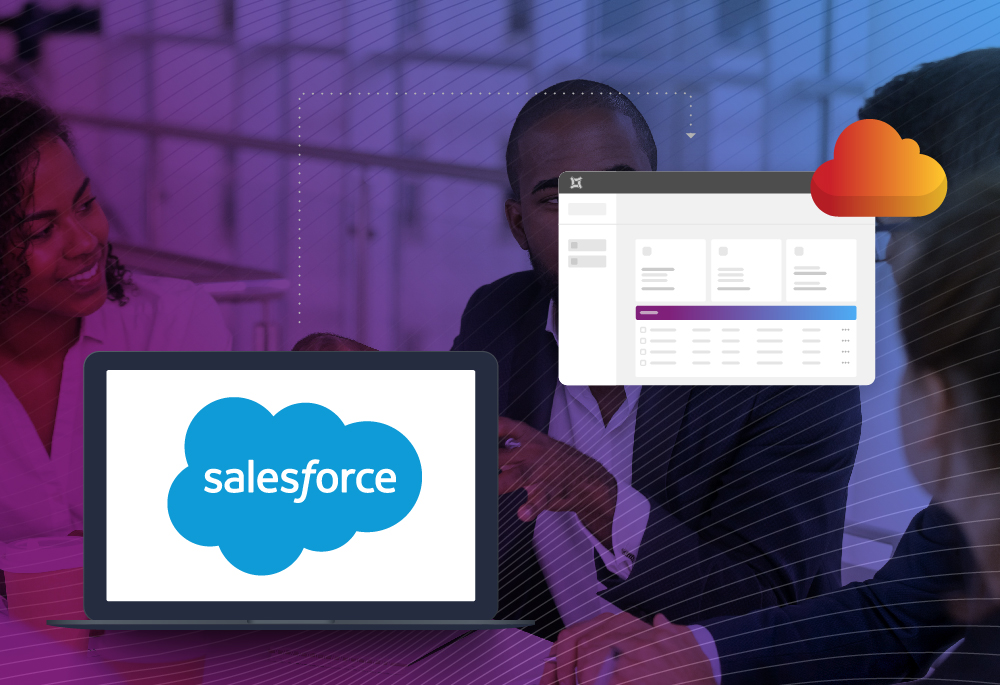Businesses often neglect the need to back up Salesforce in the belief that SaaS application vendors already provide all the data protection they need.
The assumption is that if their data is in the cloud – it’s protected.
This can be a catastrophic mistake and it is highlighted by a Gartner report that predicts by 2022 as many as 70% of organisations will have suffered a business disruption due to unrecoverable data loss in a SaaS application.
Ranked No. 1 for customer relationship management applications, Salesforce streamlines processes and improves sales by giving all departments a single, shared view of every customer. The data it contains is integral to a business.
And yet Salesforce users are often surprised to learn that a simple human error, cyberattack or natural disaster could lead to the loss of data in the CRM – with catastrophic repercussions for an organisation’s reputation and productivity.
Some of the most common causes for data loss in Salesforce are:
- Hacking
- Human error
- Sync errors
- Malicious insiders
While Salesforce financially guarantees 99.9% uptime, customers are operationally and contractually liable for data protection.
A zero-day exploit, or lagging updates of critical vulnerabilities, may also result in employee login credentials being compromised.
Companies with the most advanced firewalls and active threat detection cannot guarantee that a determined adversary will not be able to gain access, even if just for a brief period, which could be enough for them to wreak havoc, especially on remote services, such as Salesforce.
CEOs cannot simply ignore the huge responsibility they have to protect the data driving their businesses.
Data loss is inevitable and the larger the company, the more likely mistakes will be made.
If there are hundreds of users, a dozen or more integrations and installed packages, avoiding the wrong tool or preventing a person editing a document in error is virtually impossible, especially if you’re dealing with millions of Salesforce records.
Human mistakes and malicious activity may not always result in large-scale, high-cost disaster events, but they occur a lot more often.
As well as taking steps to ensure invoices, sales, customer payments and other important documents are always readily accessible, organisations have an obligation to comply with an increasing number of auditing standards.
Without adequate protection of Salesforce data and metadata, many are putting themselves at risk.
However, a CEO who has the foresight to deploy a separate backup and recovery solution can emerge from a nightmare situation as the hero.
The key is having a secure and reliable recovery solution that you can install quickly, scale easily and forget about – safe in the knowledge that you always have it to fall back on.
Salesforce’s own native recovery solution, the Data Recovery Service, has had a chequered history. A low take-up resulted in it being scrapped for eight months before being reintroduced in March 2021.
Whether it proves any more popular this time around is open to question, especially as it costs an eye-watering $10,000 dollars, comes with no guarantees and the recovery of data takes between six and eight weeks.
Recovering quickly is difficult, if not impossible, when all your data is with one provider, who subsequently suffers an issue.
Salesforce experienced a major outage to its cloud service in May 2021, with multiple services impacted, including the core CRM platform.
Customers attempting to log in were greeted with a message apologising for the inconvenience, after Salesforce implemented an emergency fix which triggered a software issue and in turn caused a DNS network incident.
A technology team working to bring Salesforce back on line, took four hours and 20 minutes before announcing that normal service levels had been resumed.
The last thing anyone wants to do, though, is spend valuable development time building your own backups and having to maintain them.
With daily, automated backup and recovery of your Salesforce data and metadata, you can be confident that in the event of data loss, your organisation’s data can be recovered.
With Redstor you can radically reduce the impact of accidental deletion, malicious activity or corruption with rapid recovery.
Organisations can also avoid lock-in by having the capability to move data easily back on premises if required. They are also assured of access to their Salesforce data anywhere, using InstantData™, a unique technology that streams backup data to the user on demand.
Redstor allows you to recover an object or objects permanently – and work on whatever you need straight away while the rest of the data is restored in the background.
Or you can access backups temporarily on a virtual drive – without requiring any local disk space.
Redstor also has impeccable security credentials. We store your Salesforce backups using advanced AES-256 bit encryption, support 2FA, use TLS to create secure sessions and are ISO 27001, ISO 22301, and GDPR compliant.
